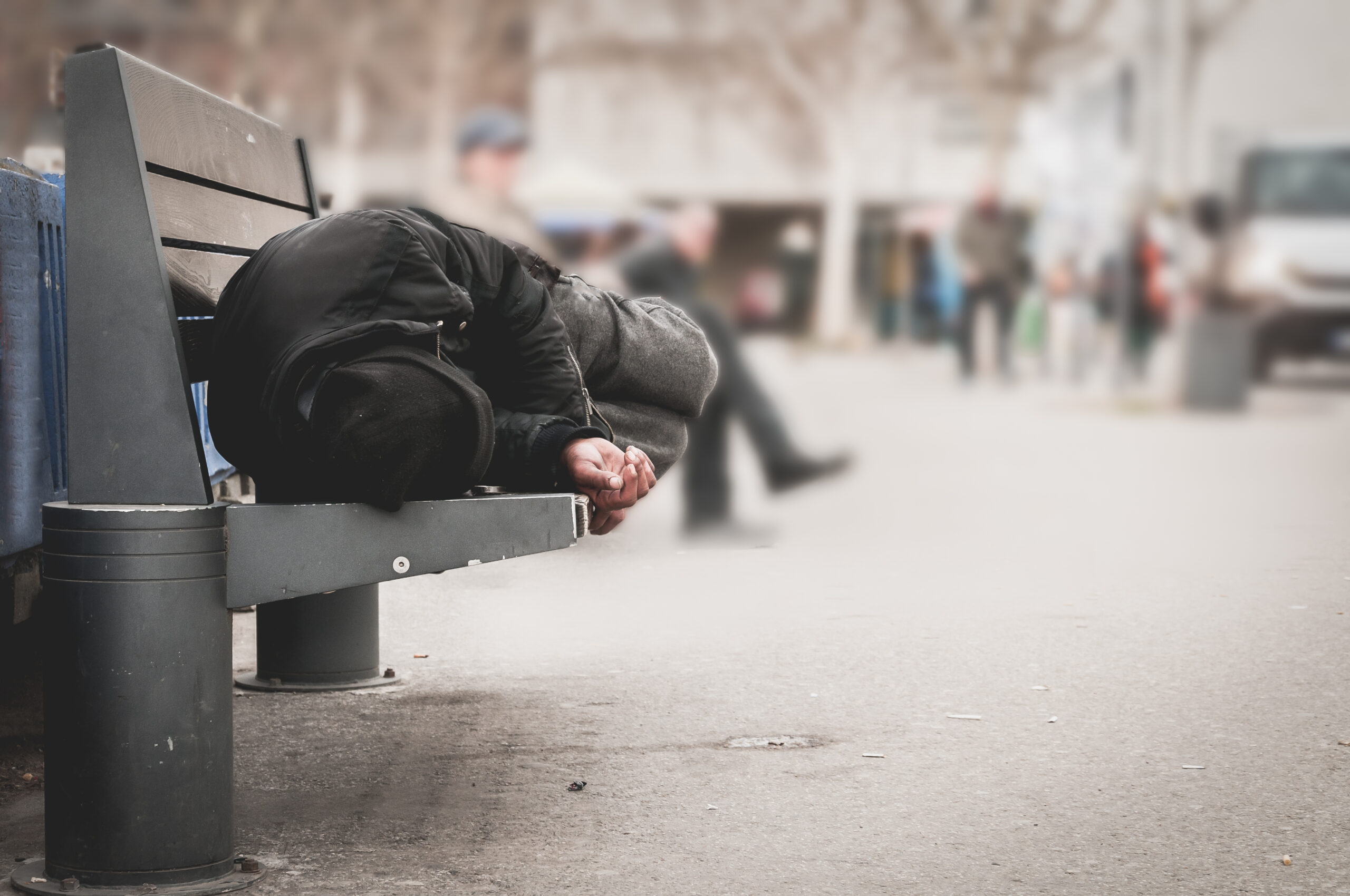Looking Beneath the Surface
Like most Americans, I’ve seen the heartbreaking images of people living on the streets—tents under overpasses, encampments outside government buildings, families sleeping in cars. It’s one of the most visible crises of our time, and it’s happening not just in big cities, but in suburbs and small towns, too. What’s less visible, though, is how deeply broken our response systems have become. For decades, we’ve been throwing billions of dollars at homelessness, yet the problem keeps growing. Why?
Because too many of the solutions we’ve been funding are one-dimensional. They look at the symptoms—hunger, lack of shelter, unemployment—but not the root causes. And if we’re serious about actually solving this crisis, we have to go deeper.
The Flawed “Housing First” Mentality
A popular mantra among policymakers has been “Housing First.” On the surface, it sounds good. Everyone should have a roof over their head. But when housing becomes the only focus—and when it’s offered without tackling addiction, mental health, or lack of income—we end up creating temporary relief, not permanent change.
Giving someone a place to sleep doesn’t heal years of trauma. It doesn’t break cycles of addiction. It doesn’t help them land a job, rebuild their credit, or reconnect with their family. It’s a starting point, sure—but if that’s all we offer, it’s like putting a bandage on a broken leg and calling it treatment.
I’ve spent enough time in both the business and philanthropic worlds to know that if your model doesn’t address the full scope of a problem, it’s not going to work long term. This is exactly why I became involved with Joshua’s Collective. From day one, the goal has been to develop a comprehensive, accountable, and effective path out of homelessness. And it starts by acknowledging the reality: most people on the street are not just unhoused—they’re unwell.
Addiction and Mental Health: The Real Drivers
Here’s something we don’t talk about enough in public conversations: a huge percentage of chronically homeless individuals are battling substance addiction and mental illness. In fact, many of them were functioning adults before those battles overtook their lives. Some were employed. Some had homes and families. But once addiction or untreated psychiatric disorders set in, the bottom fell out—and the system offered little more than a waiting list and a prayer.
You can’t fix that with a housing voucher alone. You need intensive recovery. You need stability. You need treatment options that actually work, not just endless maintenance programs. That’s why part of Joshua’s model includes access to cutting-edge therapies—including medically supervised Ibogaine treatment—something that’s gaining traction globally as a powerful tool for interrupting serious addictions.
This isn’t some lofty idea—it’s grounded in research and, more importantly, in real-life results. People who’ve tried and failed in traditional rehab programs are finding meaningful recovery when we address the neurological and emotional roots of their addiction, not just the behaviors.
A Holistic Approach That Respects Reality
What Joshua’s is building is not a shelter, not a handout, and not a quick fix. It’s a multi-phase solution that recognizes the complexity of the problem. Stabilize the person first—get them healthy, sober, and mentally clear. Then, offer them training and employment in environments where they’re supported but also challenged. Teach them how to manage money, repair credit, build life skills. Eventually, connect them to shared housing that’s affordable, safe, and rooted in community.
We’re not just helping people survive. We’re helping them rebuild.
We’ve run the numbers. We know what it costs to keep someone chronically homeless—emergency services, ER visits, police calls, shelters, detox centers, jail time. It adds up to more than $35,000 per person, per year. Joshua’s model brings that cost down to just over $17,000 over two years, with better outcomes. This isn’t just morally sound—it’s fiscally smart.
A Better Way Forward
We need to stop pretending that this crisis is simple. It’s not. But it is solvable—if we’re willing to move beyond feel-good headlines and start investing in whole-person recovery. That means funding programs that treat addiction with seriousness. That means prioritizing mental health care as a non-negotiable. And it means accepting that sometimes the best solutions aren’t the ones that fit neatly into a policy memo, but the ones that actually work on the street.
One of the most encouraging things I’ve seen lately is a shift—albeit a slow one—in how state and federal leaders are beginning to think. More efforts are being aimed at recovery-first models. More people are acknowledging that throwing money at housing without healing is a waste. In a way, this shift validates everything we’ve built into Joshua’s strategy. It tells me we’re on the right track—and that it’s time to scale.
What Business Taught Me About Solutions
As a businessperson, I’ve learned that if your model doesn’t produce results, you pivot. You find what works and scale it. If you ignore problems, they get worse—and eventually cost more. That same logic applies here. We’ve ignored root causes for too long, and now the price tag is enormous—not just in dollars, but in lost lives, broken families, and community decline.
What Joshua’s is doing isn’t easy. It requires hard conversations, complex logistics, and deep empathy. But it’s real. It’s actionable. And it’s working.
So no—we’re not chasing headlines. We’re chasing solutions. Because people deserve more than a mattress in a shelter. They deserve a second chance at life. And we’re here to help them take it.
